rené lalique
︎Artist, Sculpture
︎ Ventral Is Golden
rené lalique
︎Artist, Sculpture
︎ Ventral Is Golden
︎ Ventral Is Golden
“Knowledge is regarded by the fool as ignorance, and the things that are profitable are hurtful to him. He lives in death. It is therefore his food.
The wise man lets his heart overflow, but keeps silent his mouth. Listen to the voice of wisdom; listen to the voice of light.”
- The Emerald Tablets
- The Emerald Tablets
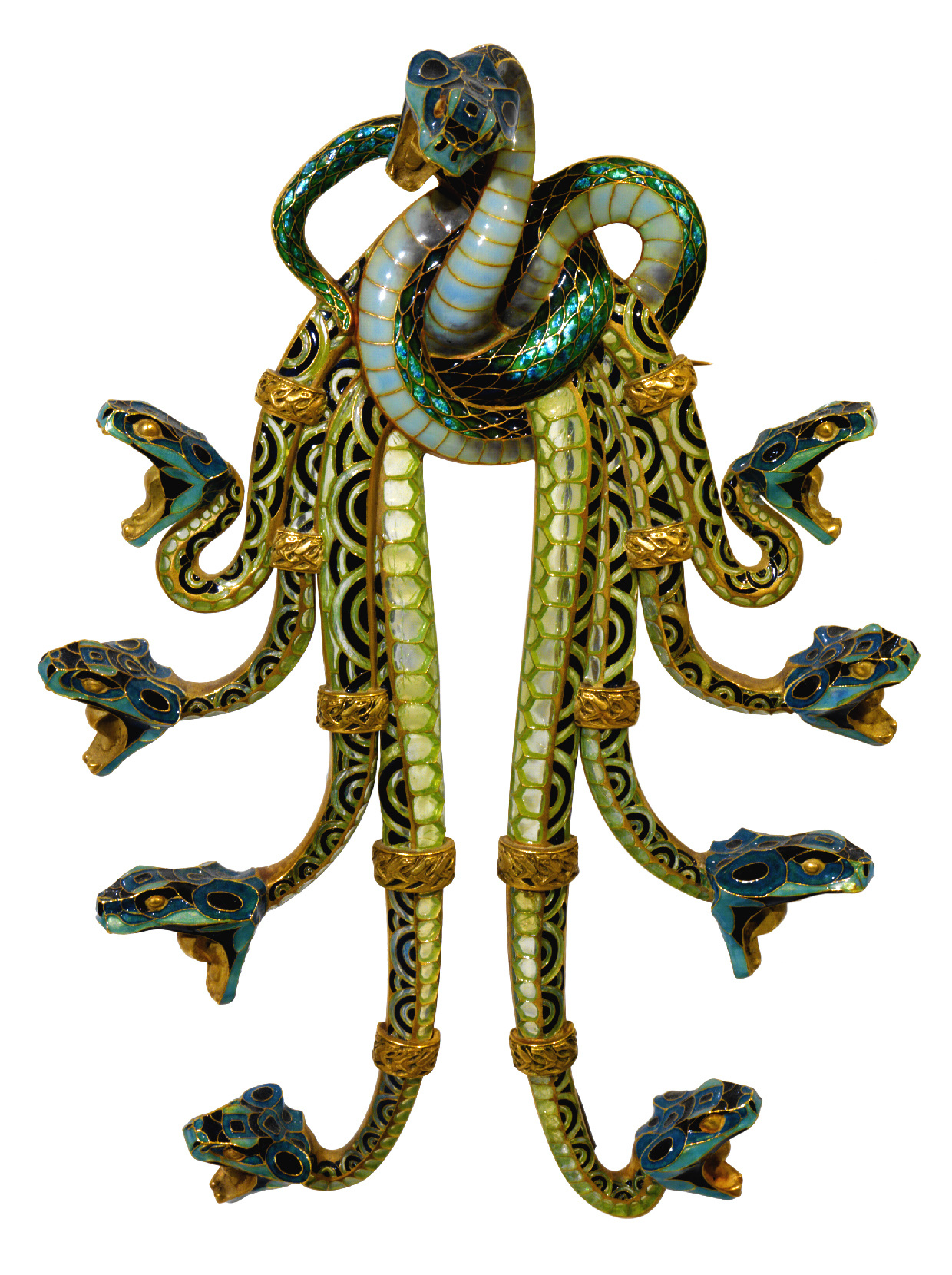
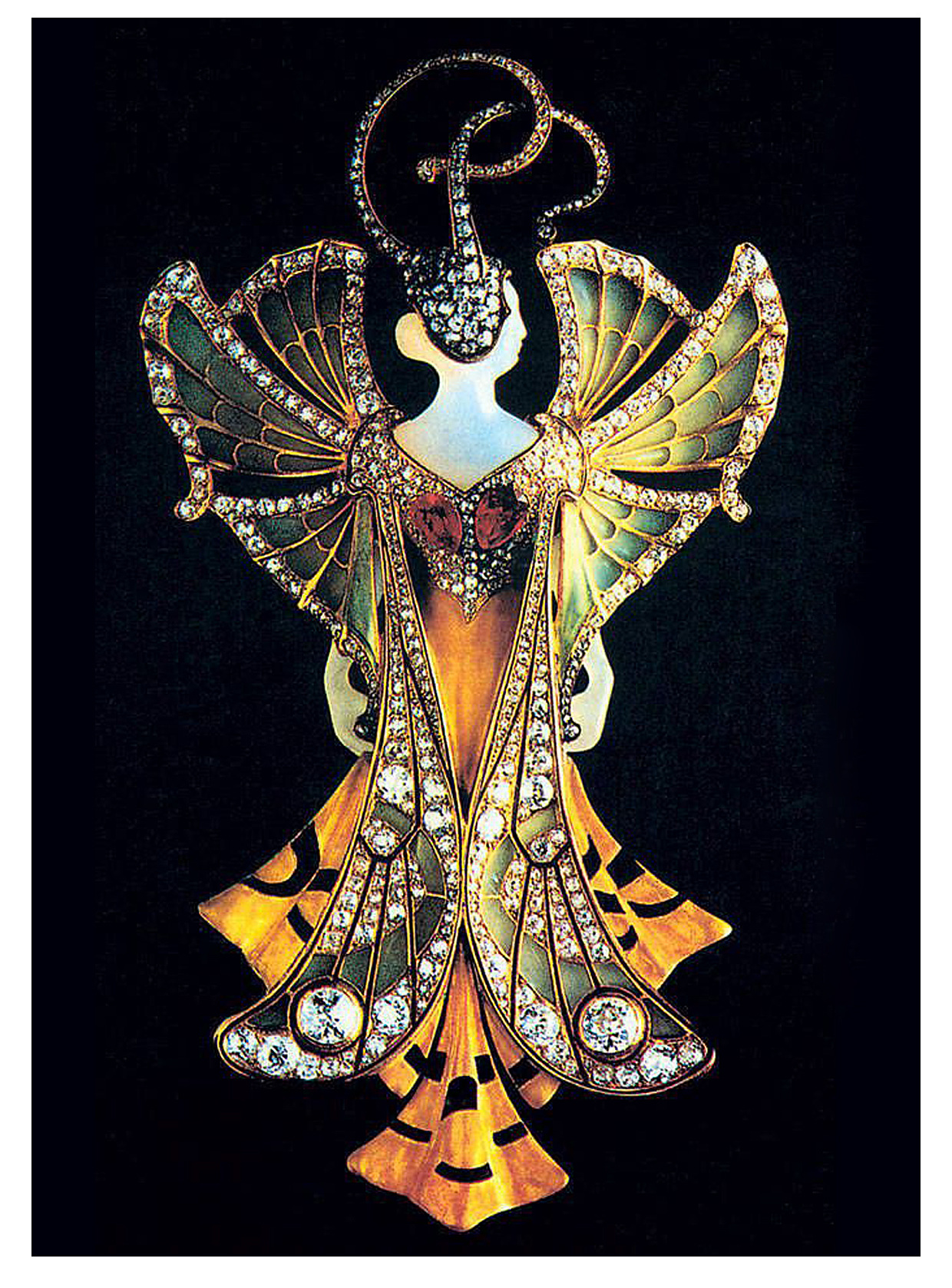
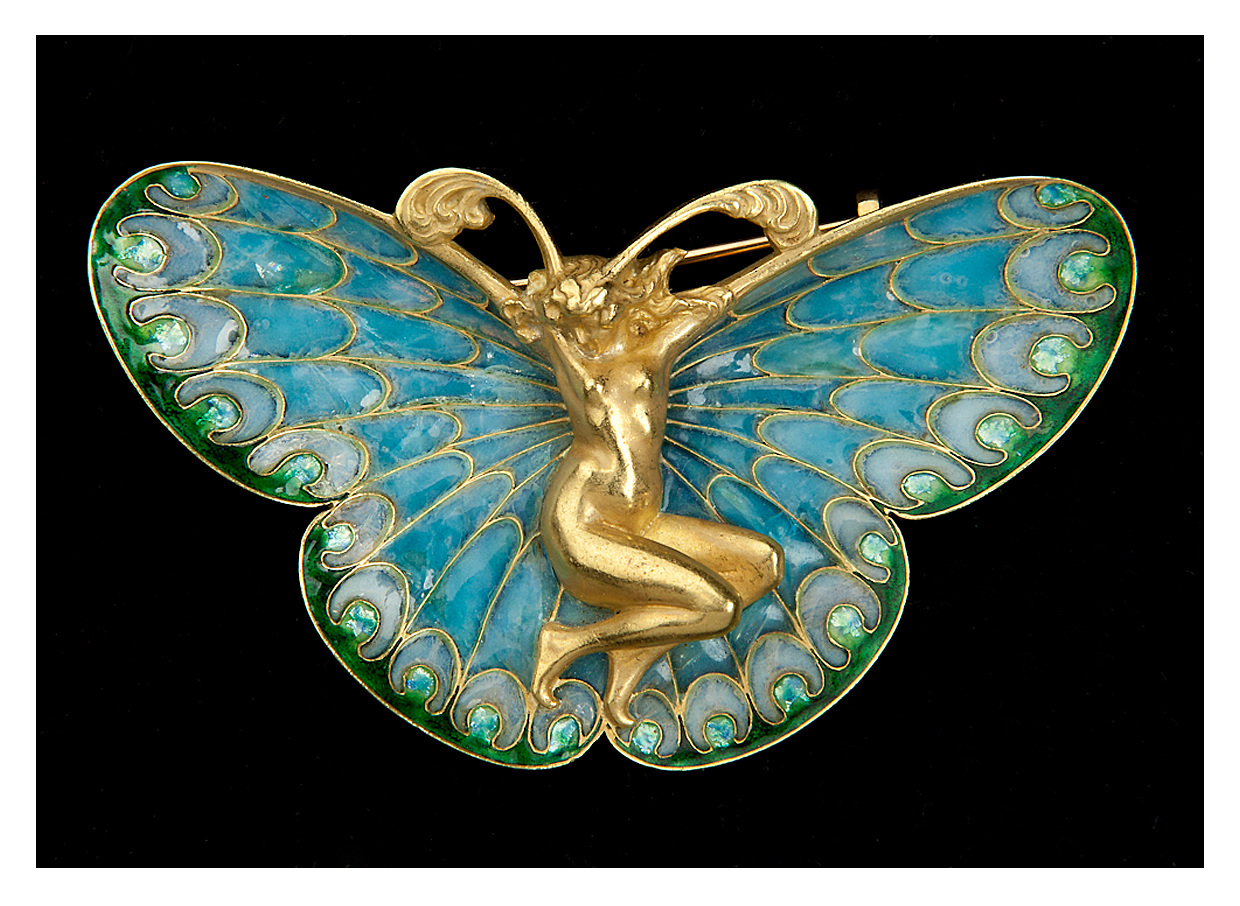

The work of René Lalique is an elucidation of myth, alchemy, magic and jewellery design.
In his time (early 1900’s) he was considered a master craftsman in utilising alchemical processes of glass production to produce his opalescent, gossamery forms, giving him the title of ‘inventor of modern jewellery’.
"René Lalique's work had gained wide-spread popularity. He already used enamel and glass, side-by-side with gold, opals, diamonds, pearls or amethysts, to embellish his jewellery. At the time, originality and creativity had been abandoned in favour of ornate and lavish styles with an abundance of precious stones. Lalique made the materials he used central to his designs. He chose them for their power, light and colour, whether they were precious or not. He combined gold and gemstones with semi-precious stones, mother-of-pearl, ivory and horn, in addition to enamel and glass." - Lalique.
The often surreal and symbolic nature of Lalique's designs lend themselves to the realm of alchemy (that of making manifest the spiritual within the domain of the material). The peacock is a popular motif of this tradition, known in some texts by its latin term Cauda Pavonis, signifying a stage in the alchemical process where the oily substance transforms into an iridescent glow, relating also to the consciousness of the practitioner.
In physical terms, this indicates the relationship between the substance being transformed and the fire, whereby high temperatures generate patterns across the material substance in synchronicity with the surface of the mind that partakes in the process.
The art of glass making and staining glass have long been considered a lost esoteric art, most notably researched by famed egyptologist Rene Schwaller, who said, "I have retrieved fragments of this kind of manufacture in crucibles of early Pharonic sites... Once you can infuse reds and blues into glass in this manner, you have proved the gesture of 'separatio', you have 'separated the earth from fire, the subtle from the dense'. It takes great agility to separate while keeping both parts. Yet this is essential, for there must be body from which the spirit can rise, as there must be earth for the fire to descend. The glass is colored by the spirit of the metal, by the color-form."
A case in point is The North Rose Window of Cathédrale Notre-Dame de Paris, which was believed to have been coloured using esoteric methods lost to the modern world by the alchemists of the Parisian alchemical revival.
In his time (early 1900’s) he was considered a master craftsman in utilising alchemical processes of glass production to produce his opalescent, gossamery forms, giving him the title of ‘inventor of modern jewellery’.
"René Lalique's work had gained wide-spread popularity. He already used enamel and glass, side-by-side with gold, opals, diamonds, pearls or amethysts, to embellish his jewellery. At the time, originality and creativity had been abandoned in favour of ornate and lavish styles with an abundance of precious stones. Lalique made the materials he used central to his designs. He chose them for their power, light and colour, whether they were precious or not. He combined gold and gemstones with semi-precious stones, mother-of-pearl, ivory and horn, in addition to enamel and glass." - Lalique.
The often surreal and symbolic nature of Lalique's designs lend themselves to the realm of alchemy (that of making manifest the spiritual within the domain of the material). The peacock is a popular motif of this tradition, known in some texts by its latin term Cauda Pavonis, signifying a stage in the alchemical process where the oily substance transforms into an iridescent glow, relating also to the consciousness of the practitioner.
In physical terms, this indicates the relationship between the substance being transformed and the fire, whereby high temperatures generate patterns across the material substance in synchronicity with the surface of the mind that partakes in the process.
The art of glass making and staining glass have long been considered a lost esoteric art, most notably researched by famed egyptologist Rene Schwaller, who said, "I have retrieved fragments of this kind of manufacture in crucibles of early Pharonic sites... Once you can infuse reds and blues into glass in this manner, you have proved the gesture of 'separatio', you have 'separated the earth from fire, the subtle from the dense'. It takes great agility to separate while keeping both parts. Yet this is essential, for there must be body from which the spirit can rise, as there must be earth for the fire to descend. The glass is colored by the spirit of the metal, by the color-form."
A case in point is The North Rose Window of Cathédrale Notre-Dame de Paris, which was believed to have been coloured using esoteric methods lost to the modern world by the alchemists of the Parisian alchemical revival.

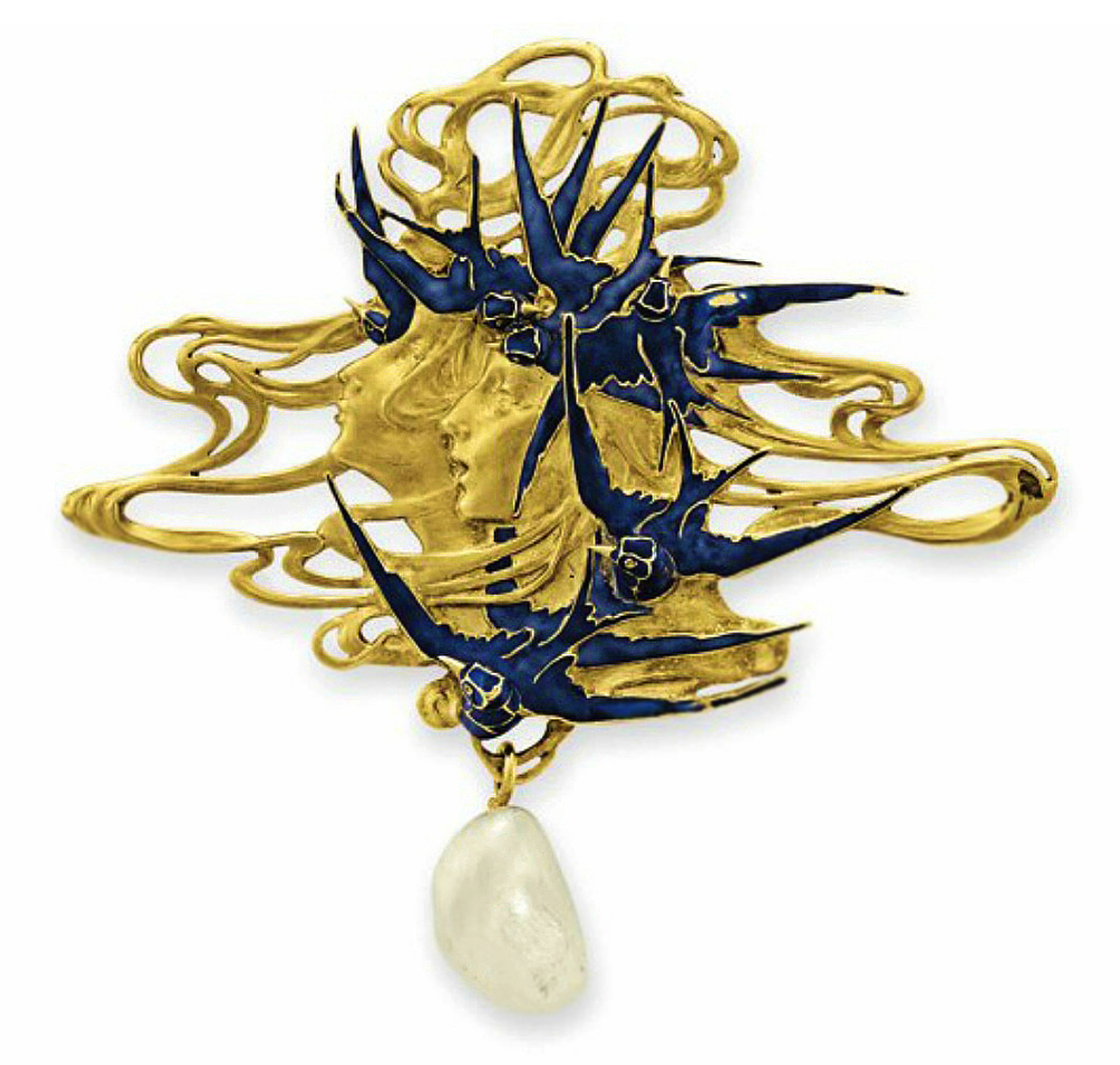

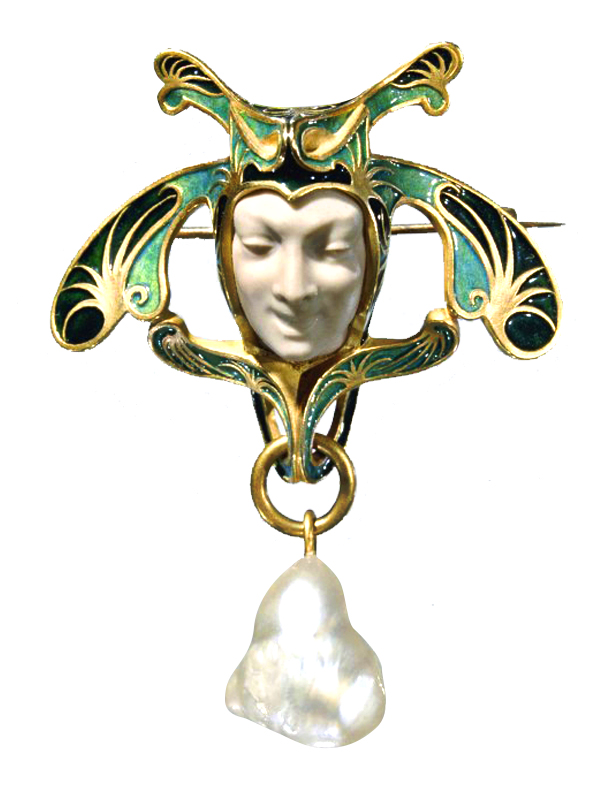



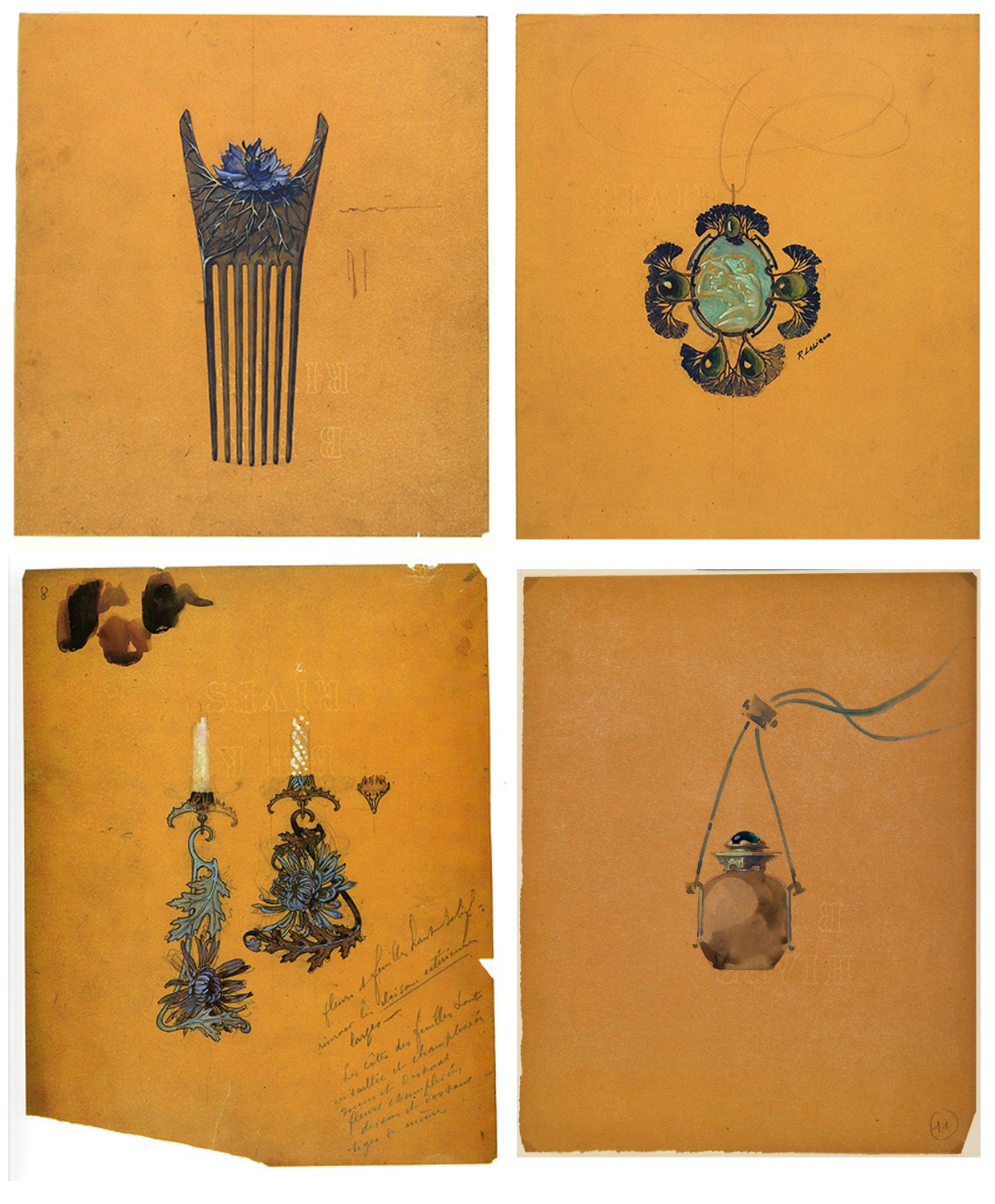

Further Reading ︎
Fulcanelli, Schwaller on stained glass
L'Homme de Verre, Video
The architecture and product design of Lalique, Video
Persian and Iranian influences on the Western Culture, Video